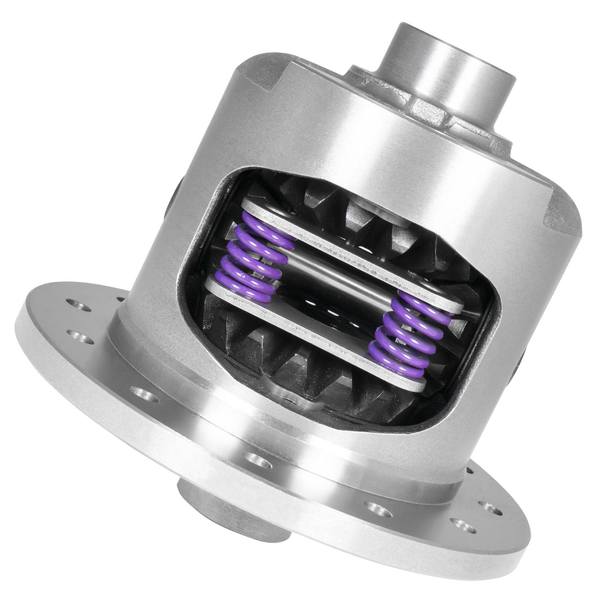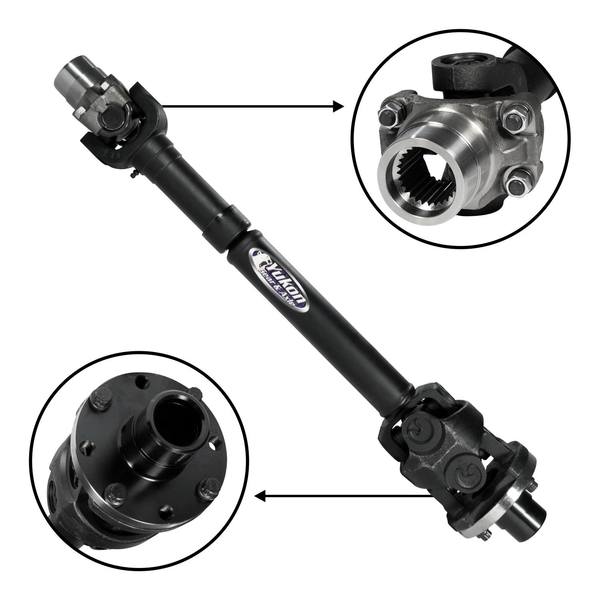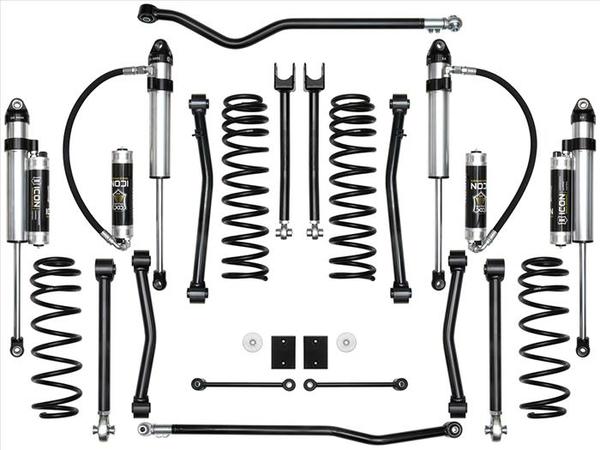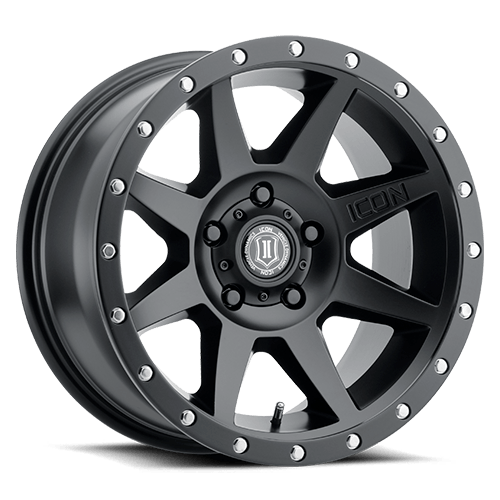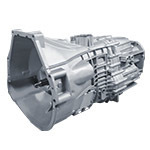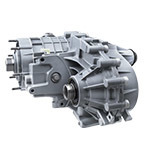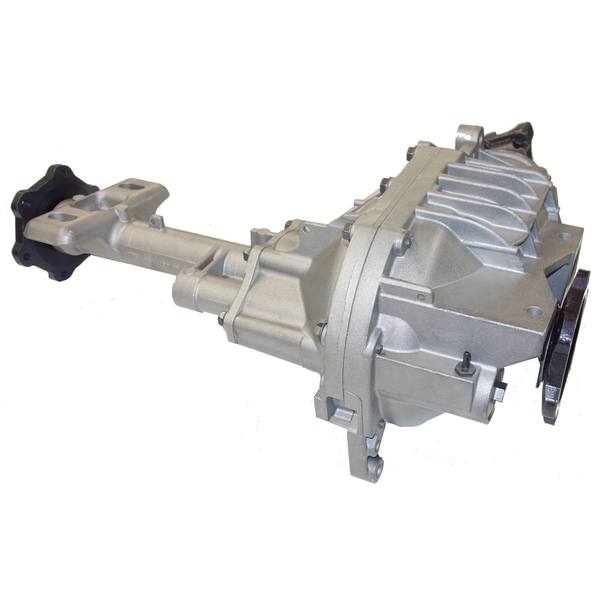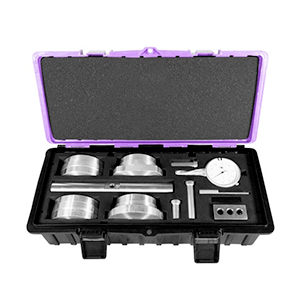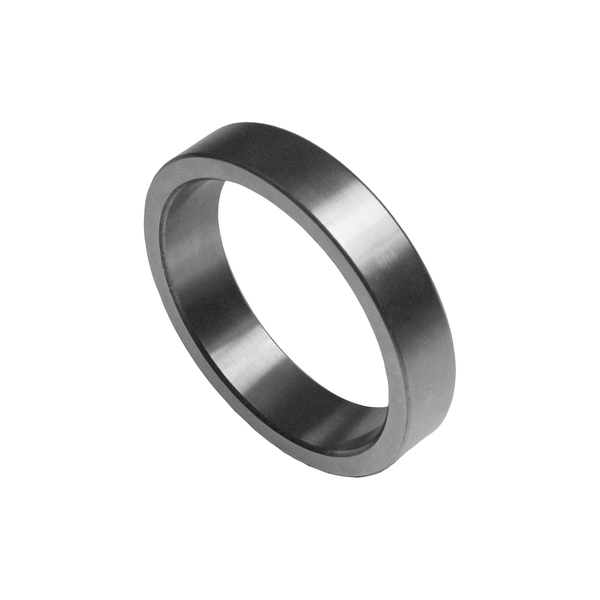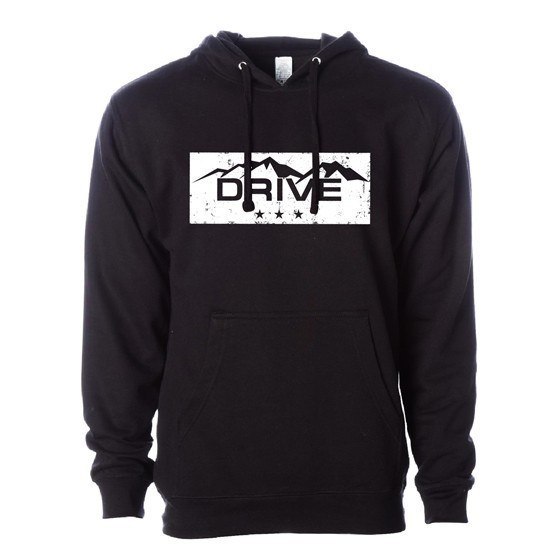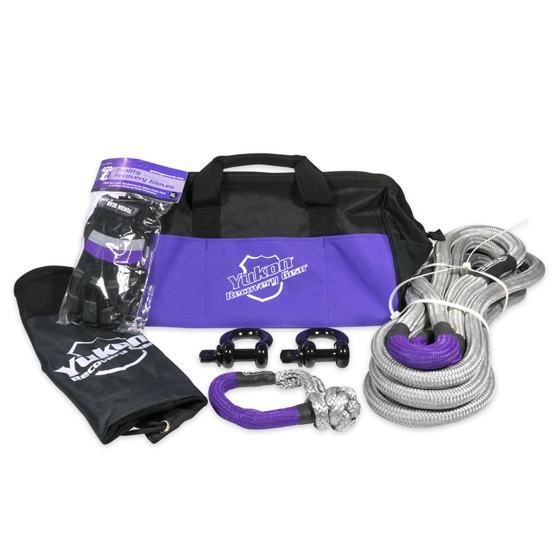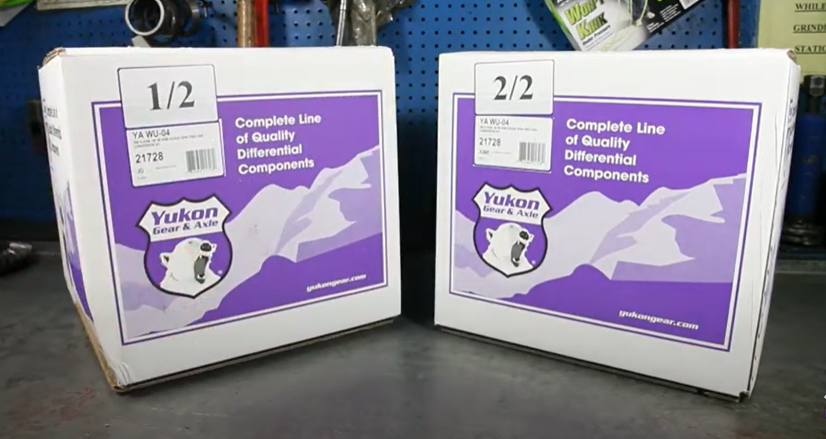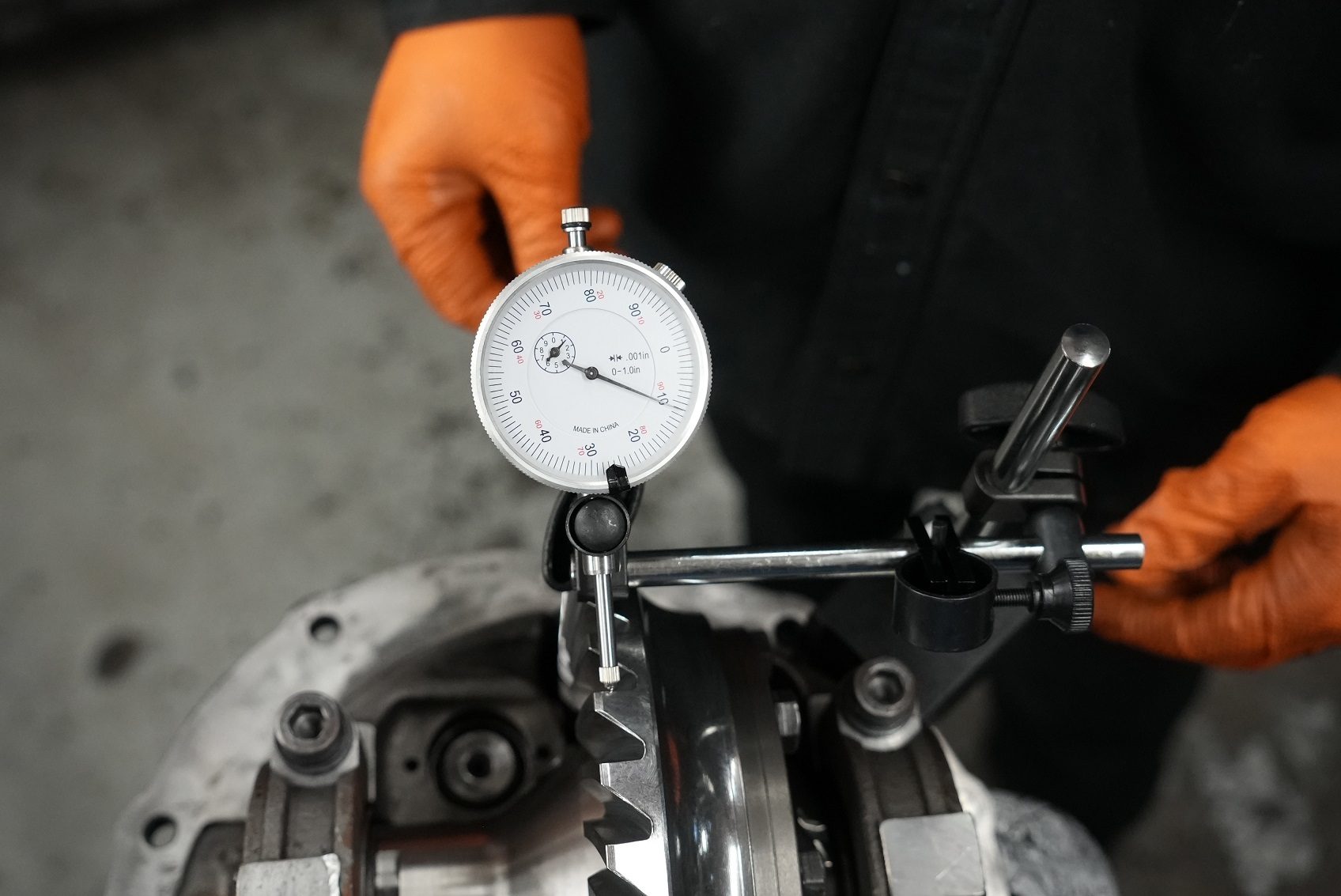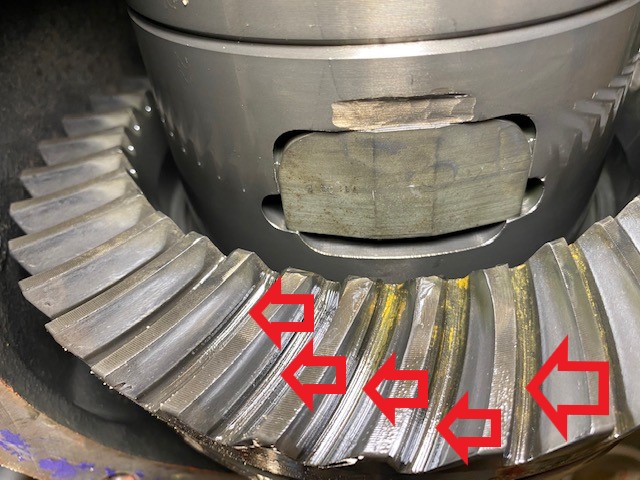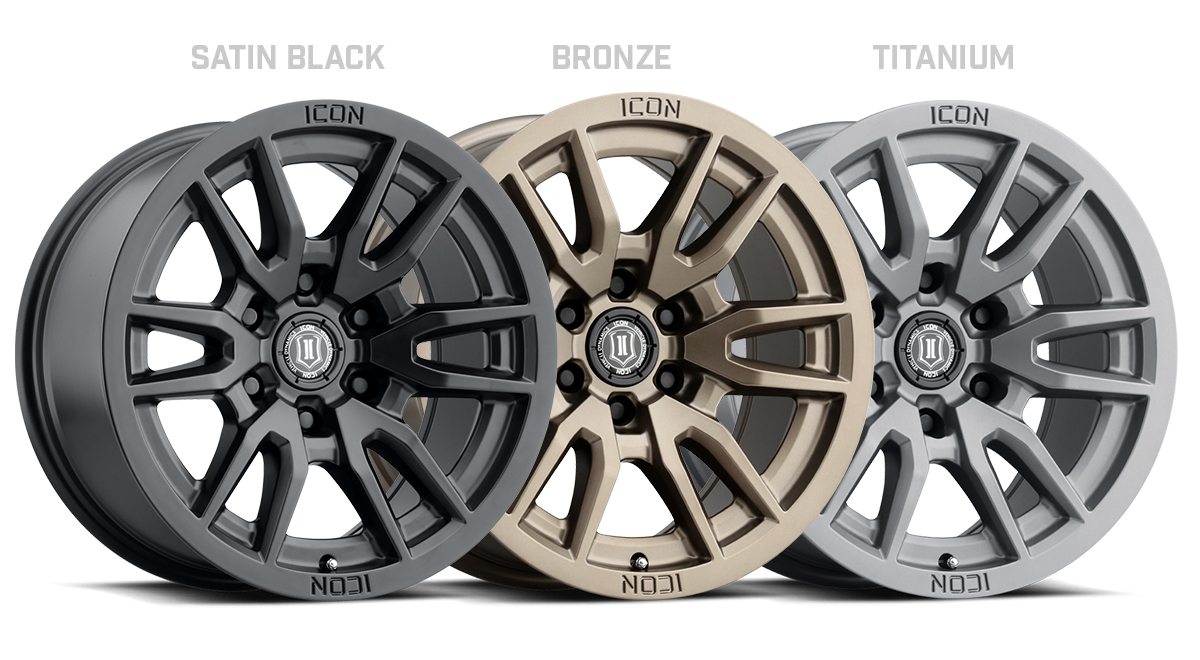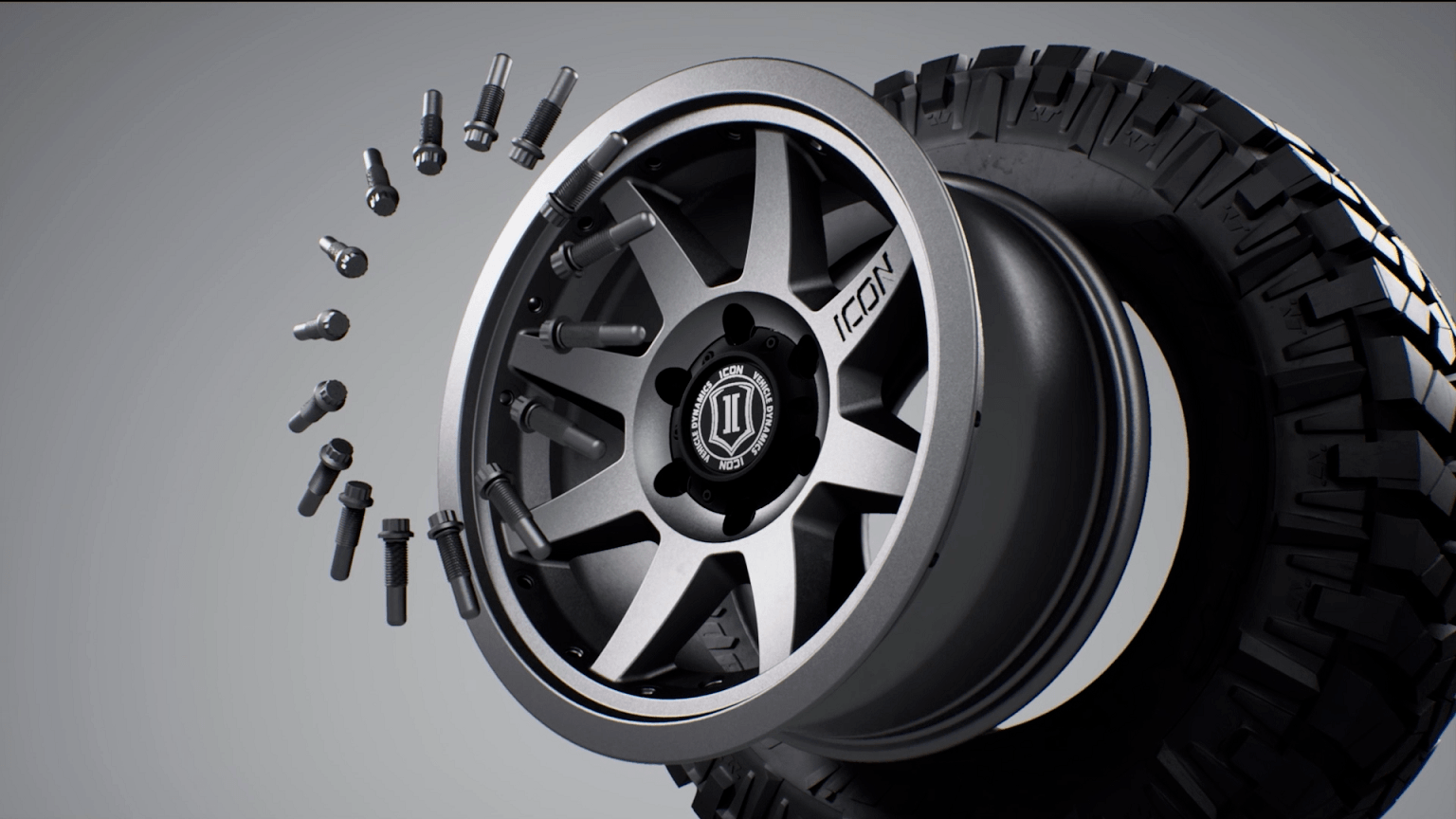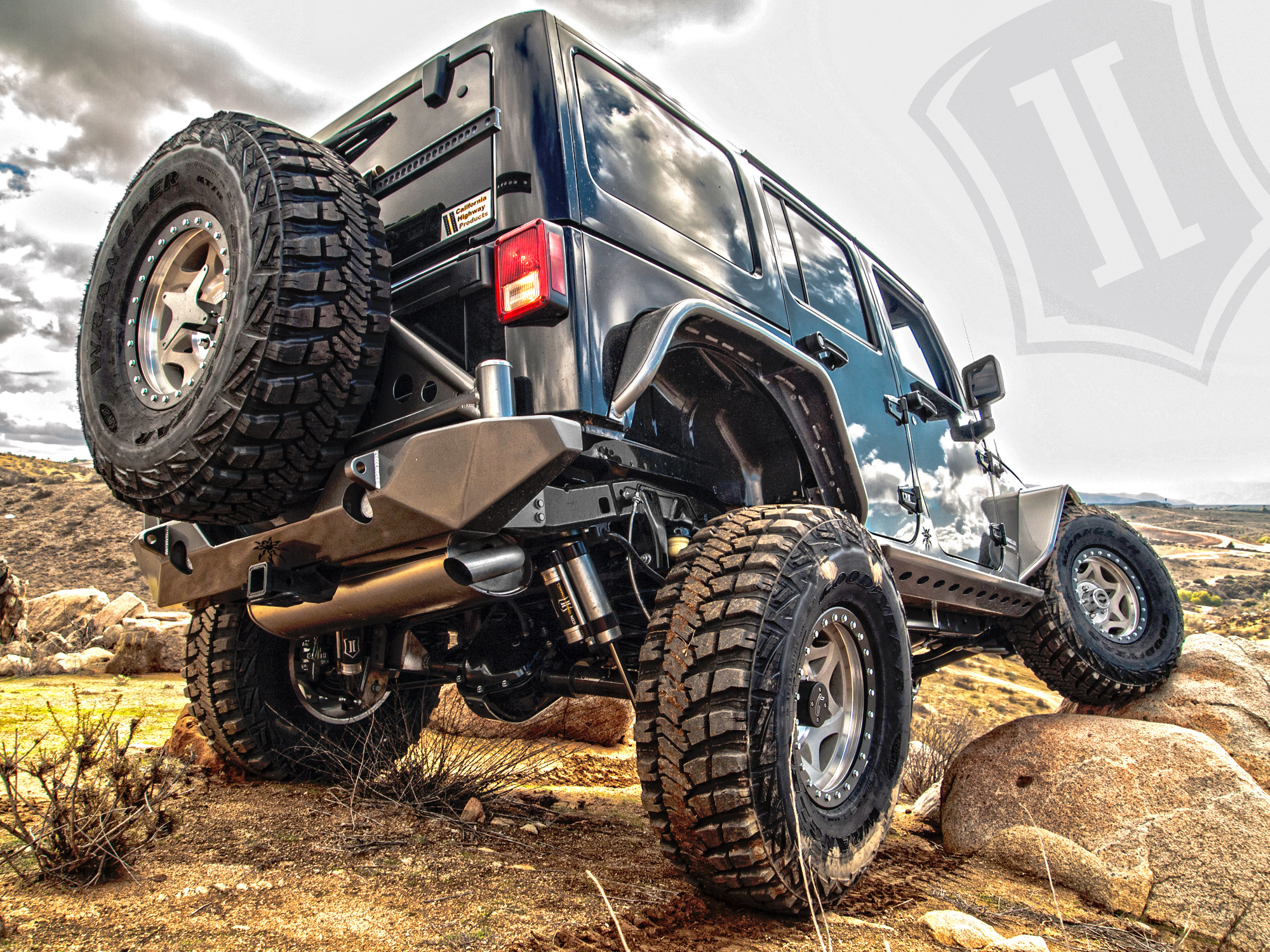Before proceeding with your drivetrain project, it is essential to check your shipment to ensure that everything is in order. Conducting a thorough inspection helps identify any potential issues, verify the contents, and address any discrepancies or damage.
As always, check the contents against the packing slip or order. Review the packing slip, invoice, or order confirmation to ensure all items are included and in the correct quantities. But with all that’s involved with drivetrain jobs, especially ring and pinion gear swaps/replacements, it’s wise to go one step further and confirm the gear ratio is correct by calculating it the old school way.
Count the number of teeth on both the ring gear and the pinion gear. The number of teeth may be marked or engraved on the gears themselves but do the by-hand calculation to be sure. Divide the number of teeth on the ring gear by the number of teeth on the pinion gear. This calculation will give you the gear ratio.
For example, if the ring gear has 41 teeth and the pinion gear has 10 teeth, the gear ratio would be 4.1 which simplifies to 4.10.
41 ÷ 10 = 4.1
The resulting gear ratio represents the number of revolutions the pinion gear will make for each revolution of the ring gear. For instance, in the example above, the pinion gear would rotate 4.10 times for every single rotation of the ring gear.
Keep in mind that the gear ratio can be expressed in different formats. It can be written as a decimal (e.g., 4.10), as a fraction (e.g., 4.10:1), or as a percentage (e.g., 410%). The specific format may vary depending on the industry or application.
Installing the wrong/mismatched gear is a nightmare, whether by confusion in the shop or mis-shipped products, because getting this wrong can be embarrassing and necessitates the complete re-rebuild of the diff. Further, having to start over from square one takes up valuable time and shop supplies.
 AMC
AMC
 Chrysler
Chrysler
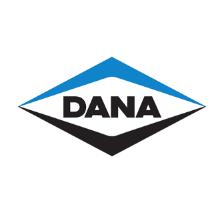 Dana
Dana
 Ford
Ford
 GM
GM
 Isuzu
Isuzu
 Nissan
Nissan
 Suzuki
Suzuki
 Toyota
Toyota
